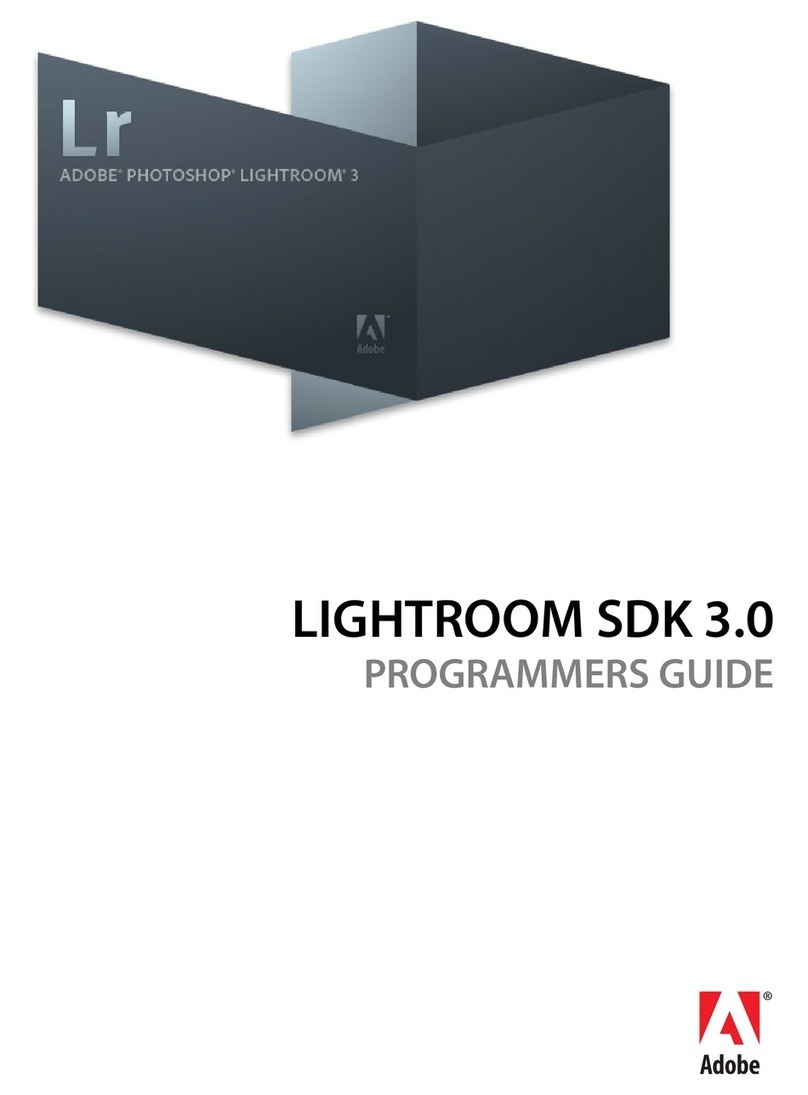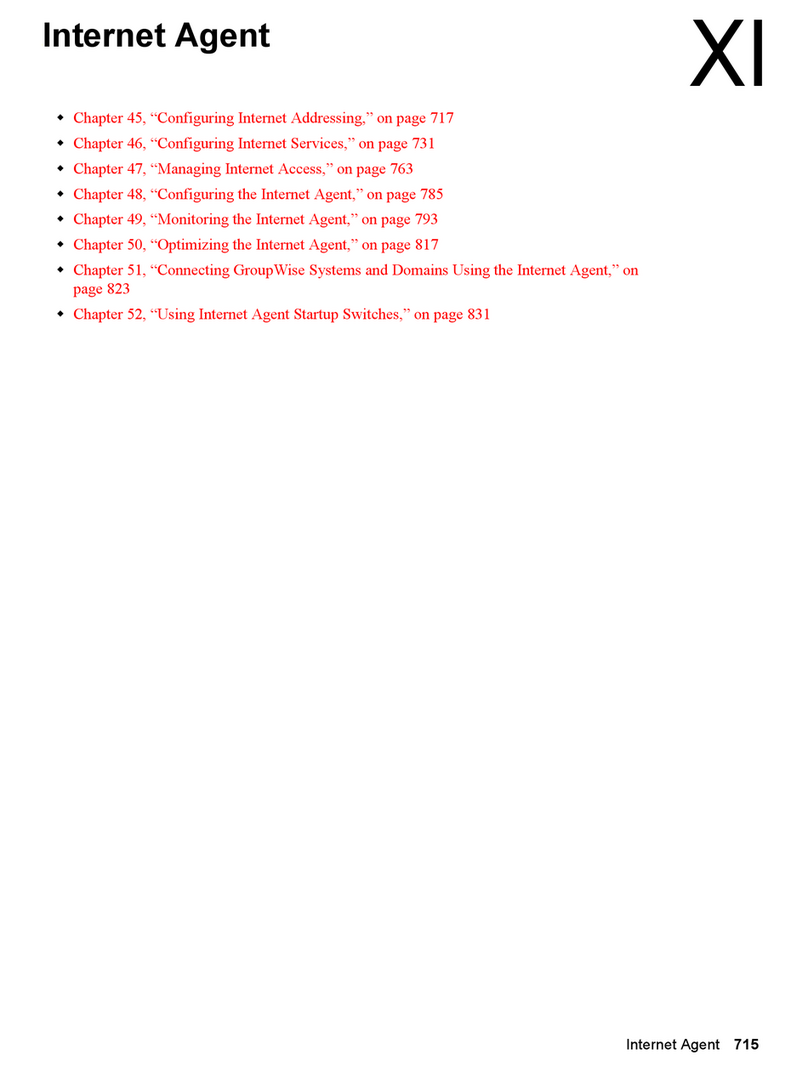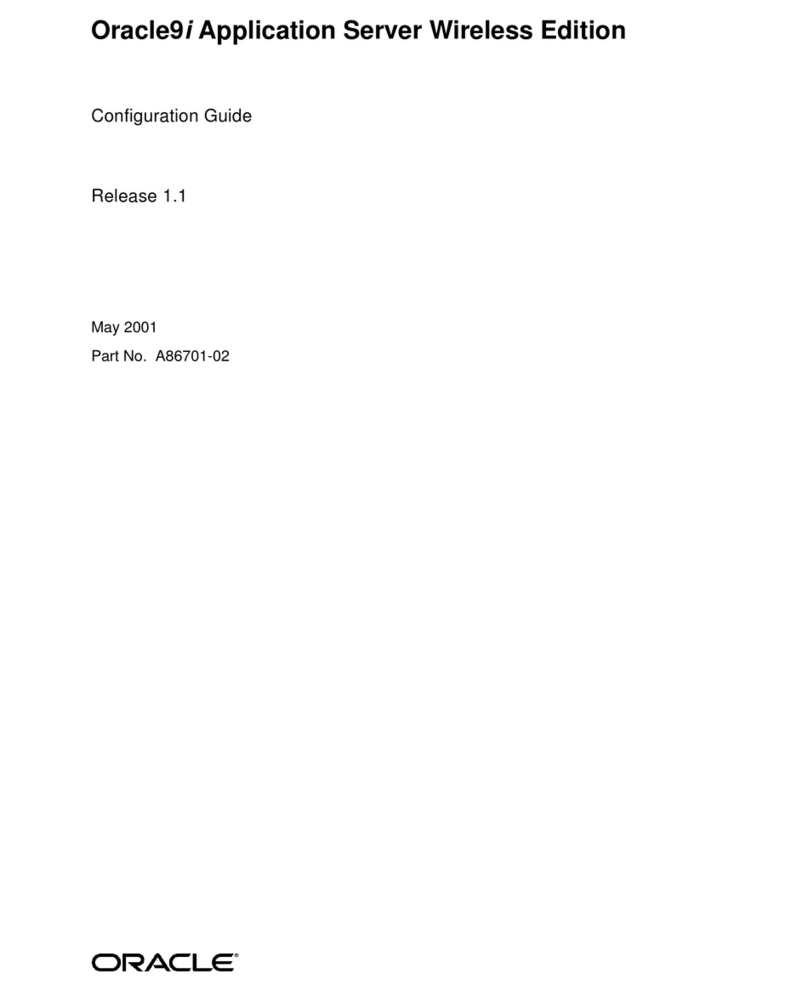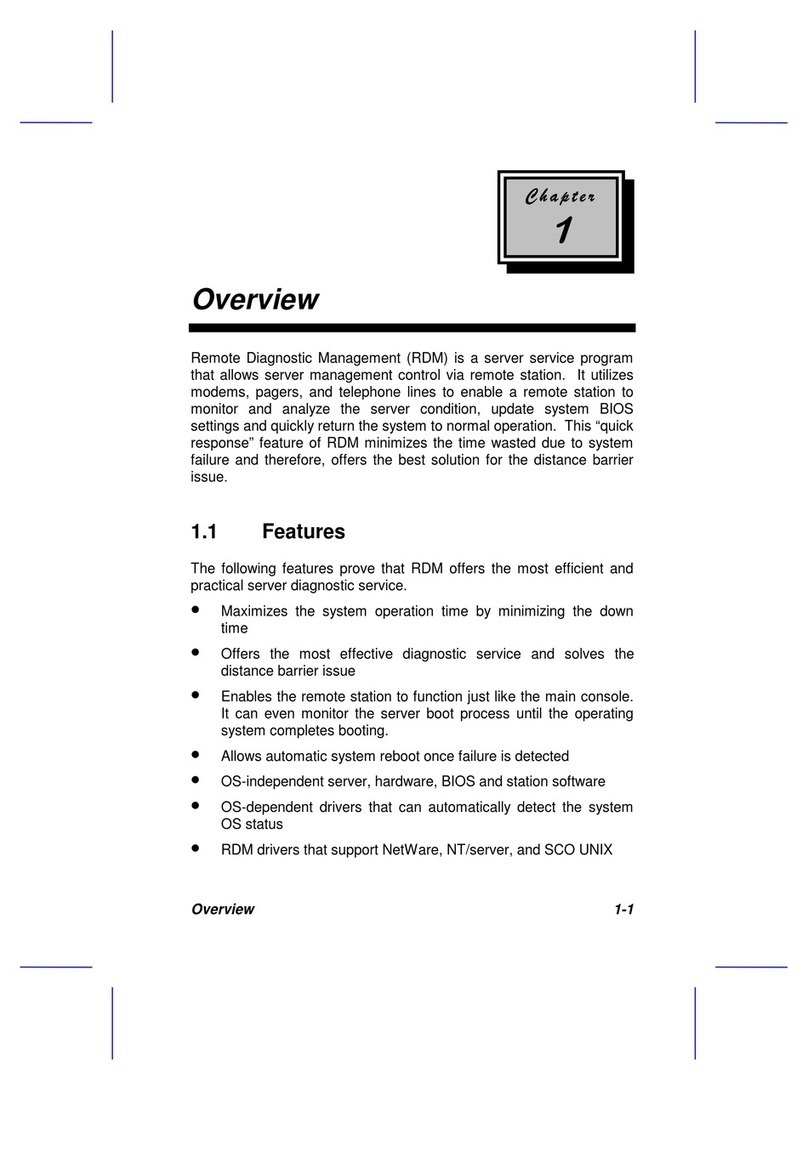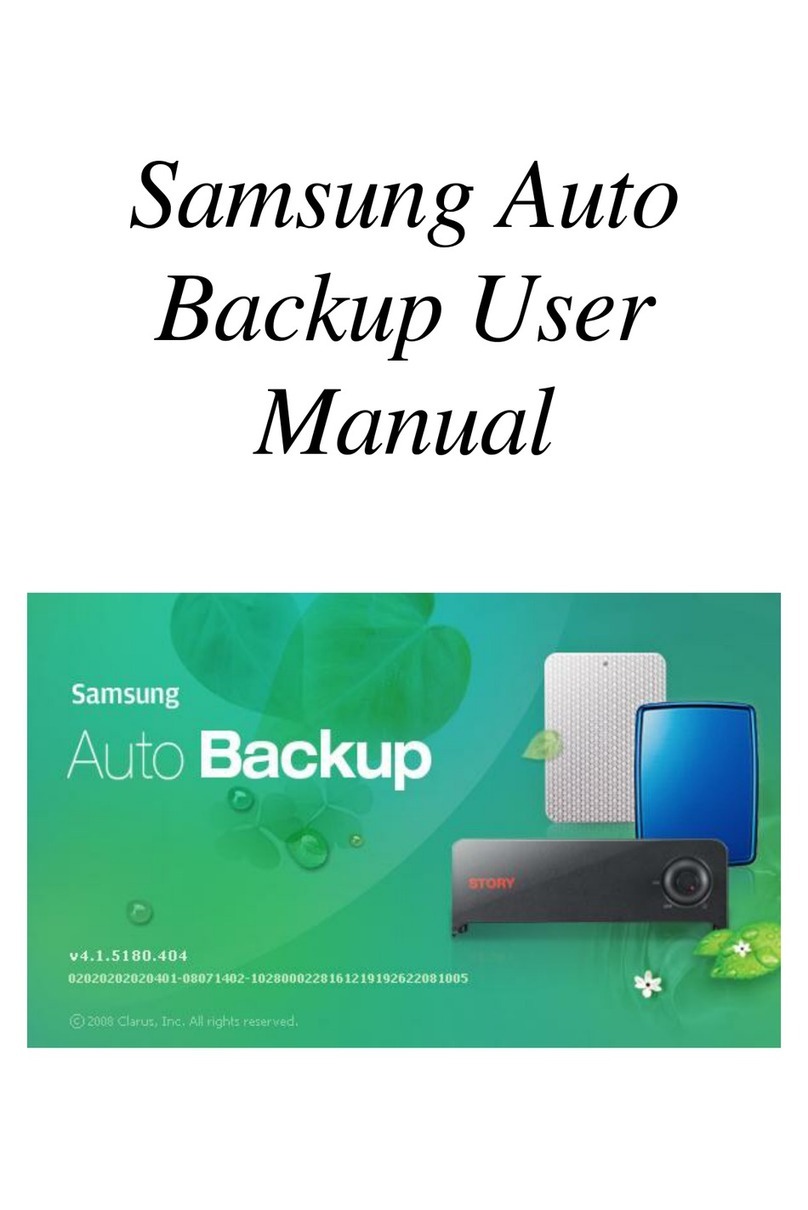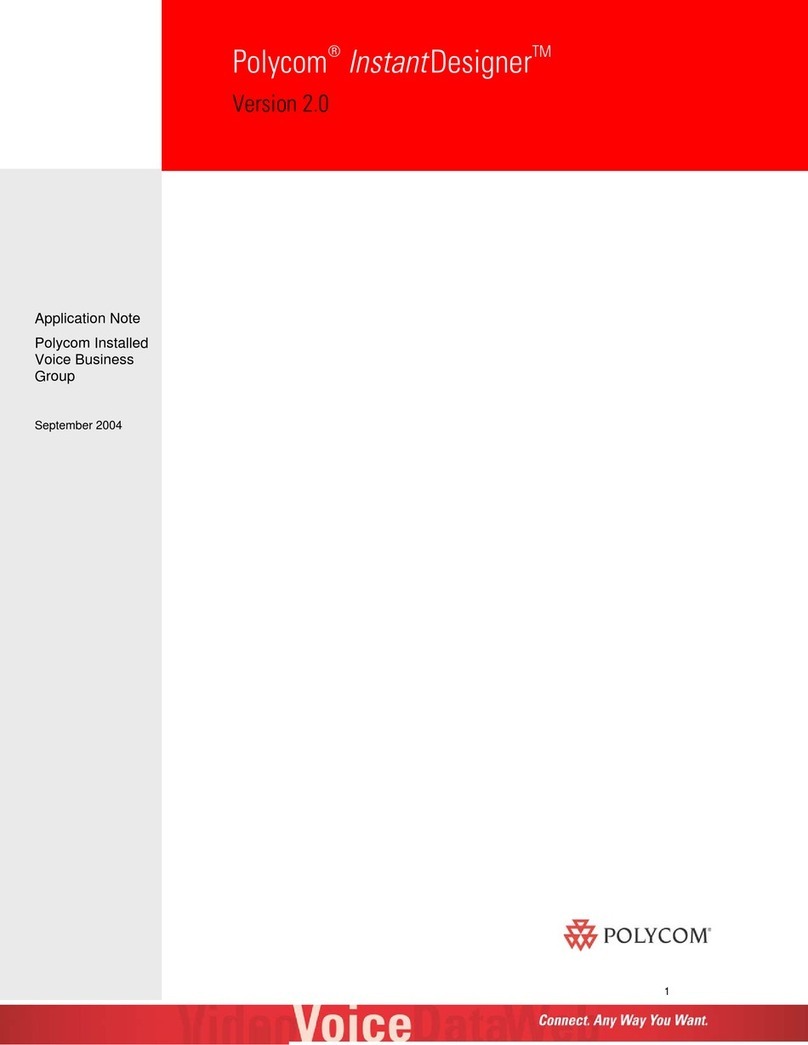
SIGNATURE BUS PROTOCOL MASTER DOCUMENT
Revised 2-24-98
Page 4of 20
How Does It Work?
The Signature Communication Protocol is designed specifically for controlling audio and video
equipment. It was developed in response to a need for a low-cost, simple, fault-tolerant
communications protocol. It is based on the EIA RS-232 electrical specification. Data is
communicated at 9600 baud,8 data bits,1 stop bit and no parity.
Before beginning data transmission, check the bus for inactivity. If the bus is free, transmission
may commence. If the bus is being used, wait for a period of inactivity. Check each byte of a
transmission against the intended message to ensure that data corruption does not occur due to
multiple devices attempting to use the bus at the same time. For each message received, the
receiver will generate an acknowledgment. The device which sent the message should receive this
acknowledgment before beginning its next data transmission. Under rare circumstances, the
receiver may be performing a function which cannot be interrupted. The message should be
retransmitted until an acknowledgment is received. Due to this fact, delays are required between
incoming messages for the transmission of the required acknowledgment.
Event Driven Output:
The Signature 2.0 will generate commands when the processor is accessed from an IR or Front
panel button command. This command can be used to update external displays in real time or to
generate a polling request for status.
The command generated will be identical to the Signature bus command for the same function,
but it will have a different Target Device Type and Command Modifier. Example: the IR “Vid 1”
button on the remote will generate a “Vid 1” button command on the Signature bus. See page ??
of this document for a list of the Remote Button codes.
Volume level updates from the Front Panel rotary encoder are handled slightly differently. When
a volume adjustment is made, the 2.0 will wait for a period of encoder inactivity and then transmit
an unsolicited “Power/Volume Status” response. See page ??.




